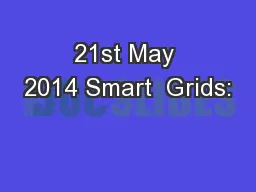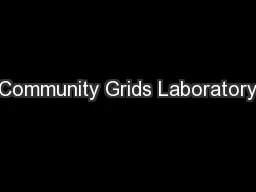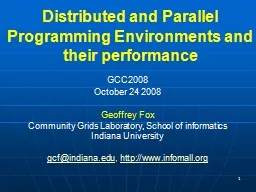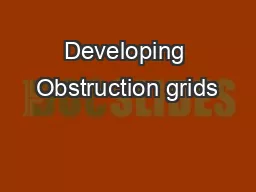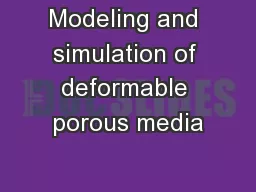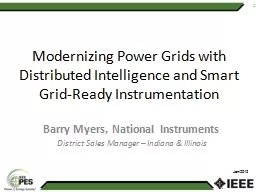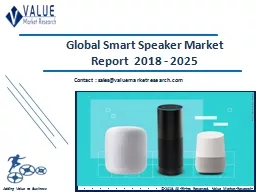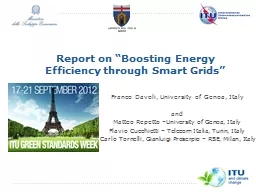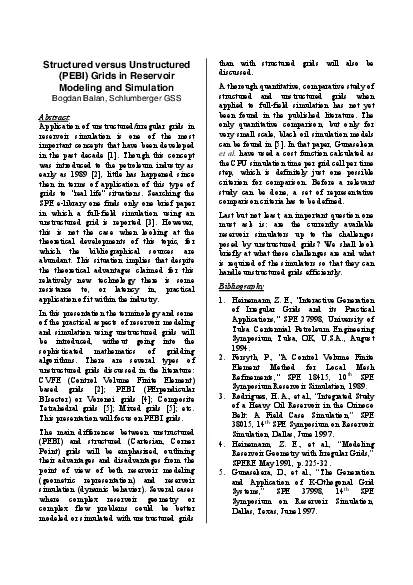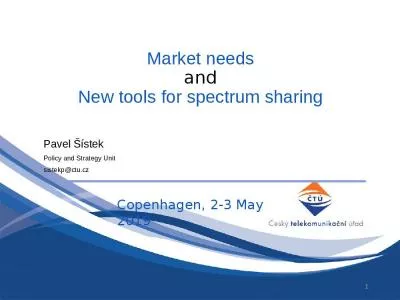PPT-21st May 2014 Smart Grids:
Author : danika-pritchard | Published Date : 2018-01-30
Increasing energy flexibility John Scott j ohnscottchilternpowercom Economic and Policy Forum Meeting Very briefly My background Electricity Distribution amp Transmission
Presentation Embed Code
Download Presentation
Download Presentation The PPT/PDF document "21st May 2014 Smart Grids:" is the property of its rightful owner. Permission is granted to download and print the materials on this website for personal, non-commercial use only, and to display it on your personal computer provided you do not modify the materials and that you retain all copyright notices contained in the materials. By downloading content from our website, you accept the terms of this agreement.
21st May 2014 Smart Grids:: Transcript
Download Rules Of Document
"21st May 2014 Smart Grids:"The content belongs to its owner. You may download and print it for personal use, without modification, and keep all copyright notices. By downloading, you agree to these terms.
Related Documents

